Table of Contents
Introduction to Smoking St Louis Ribs
Smoking St. Louis ribs requires precise technique, accurate temperature control, and proper seasoning to achieve tender, flavorful results. This guide provides a proven step-by-step method with exact measurements, cooking times, and expert tips to ensure perfect ribs every time. You'll learn how to prepare the ribs, apply the ideal spice rub, monitor cooking progress, and identify when ribs are perfectly done.
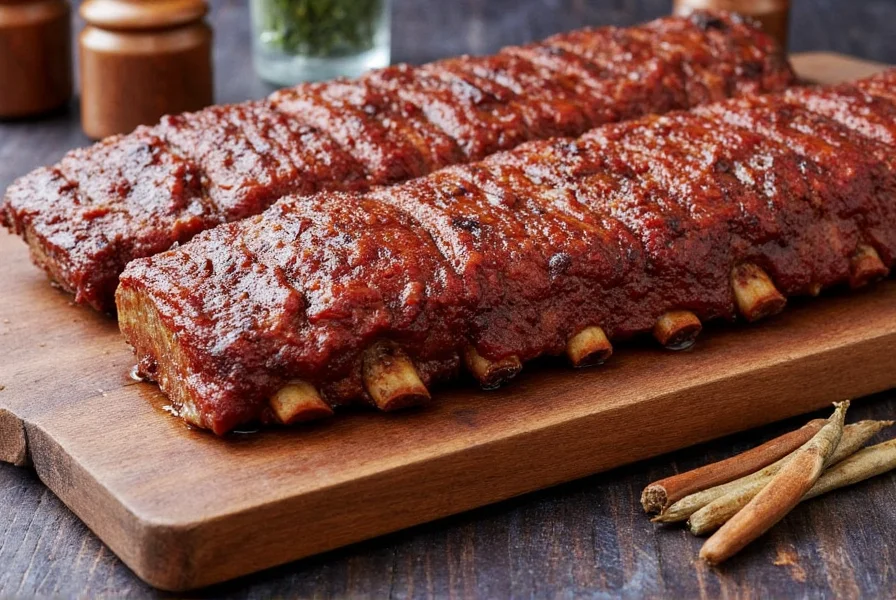
Spice Rub Recipe
Use this exact spice blend for balanced flavor and optimal bark formation:
- Paprika: 1/4 cup (adds color and mild smokiness)
- Brown Sugar: 2 tablespoons (creates caramelized crust)
- Garlic Powder: 1 tablespoon (savory depth)
- Onion Powder: 1 tablespoon (enhances umami)
- Smoked Paprika: 1 tablespoon (intensifies smoke flavor)
- Cayenne Pepper: 1 teaspoon (adjustable heat level)
- Black Pepper: 1 teaspoon (spicy kick)
- Kosher Salt: 1 teaspoon (enhances natural flavors)
Mix all ingredients thoroughly. Apply 2 tablespoons per rack of ribs, rubbing evenly into the meat surface. Let rest for 1 hour before smoking to allow flavors to penetrate.
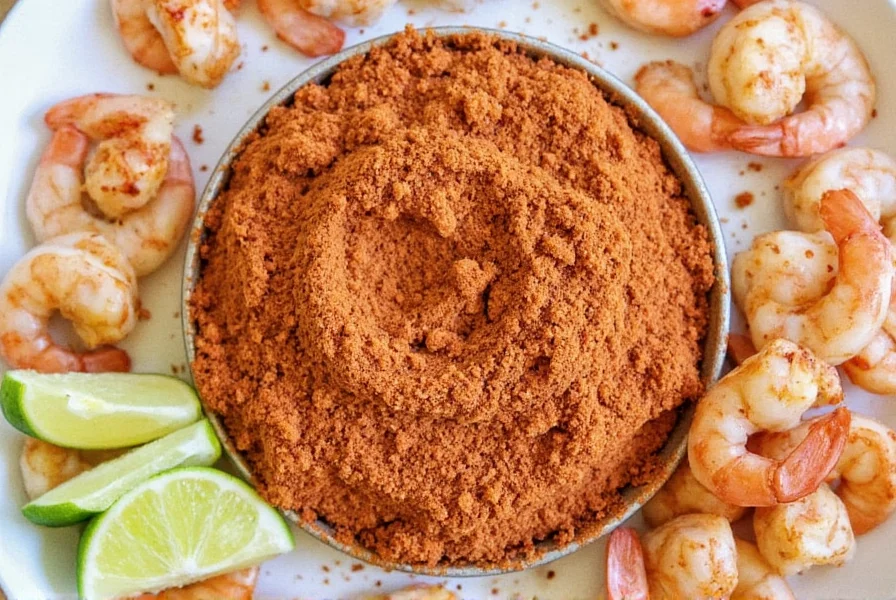
Step-by-Step Smoking Guide
- Prepare the Ribs: Remove the silver skin membrane from the bone side using a butter knife and paper towel. Trim excess fat to 1/8 inch thickness. Pat ribs dry with paper towels before applying rub.
- Preheat Smoker: Set to 225°F-250°F using hickory or apple wood chips. Maintain consistent temperature throughout cooking.
- Smoke Unwrapped: Place ribs bone-side down. Smoke for 3 hours without opening the smoker. Monitor temperature with a digital probe thermometer.
- Wrap for Tenderness: After 3 hours, wrap ribs tightly in aluminum foil with 1/4 cup apple juice. Return to smoker for 2 hours.
- Unwrap and Finish: Remove foil, apply optional barbecue sauce if desired, and smoke for 30-60 minutes until internal temperature reaches 195°F-205°F. Meat should pull back 1/4-1/2 inch from bones.
- Rest Before Serving: Let ribs rest 15 minutes wrapped in foil. This redistributes juices and ensures tender texture.
| Feature | Dry Rub | Wet Mop Sauce |
|---|---|---|
| Application | Applied before cooking | Brushed on during last 30 minutes |
| Flavor Profile | Intense, bold, and concentrated | Milder, more balanced, and moist |
| Moisture Retention | Creates dry bark | Keeps surface moist |
| Best For | Traditional BBQ style | Saucy, tender finish |
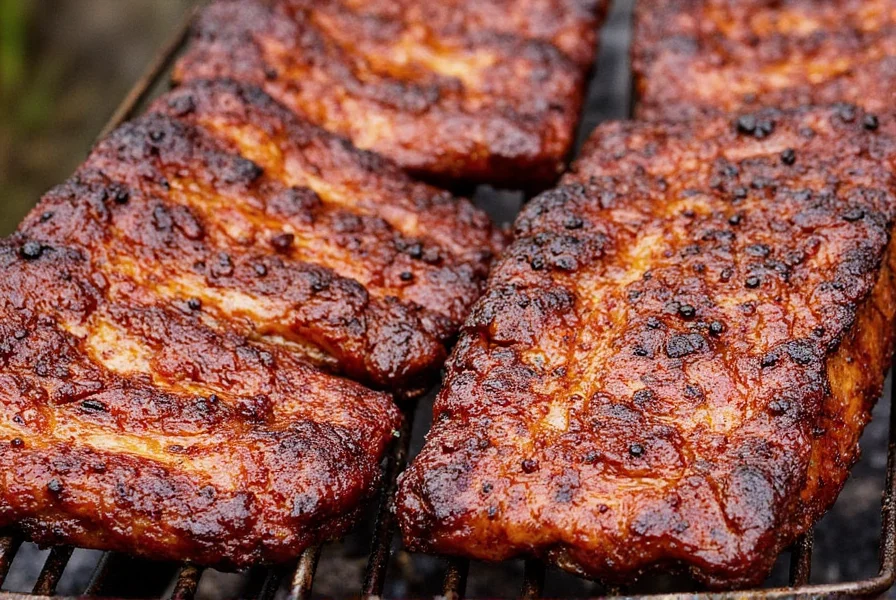
Essential Smoking Equipment
Quality equipment ensures consistent results:
Smokers
- Charcoal Smokers: Best for authentic flavor (e.g., Weber Smokey Mountain)
- Electric Smokers: Ideal for beginners (e.g., Masterbuilt Bluetooth)
- Propane Smokers: Good balance of control and flavor (e.g., Smokehouse Products)
Thermometers
Use dual-probe thermometers like ThermoPro TP20 for simultaneous meat and smoker temperature monitoring.
Wood Chips
- Hickory: Strong smoky flavor for pork
- Apple: Mild sweetness for balanced taste
- Cherry: Rich color and fruity notes
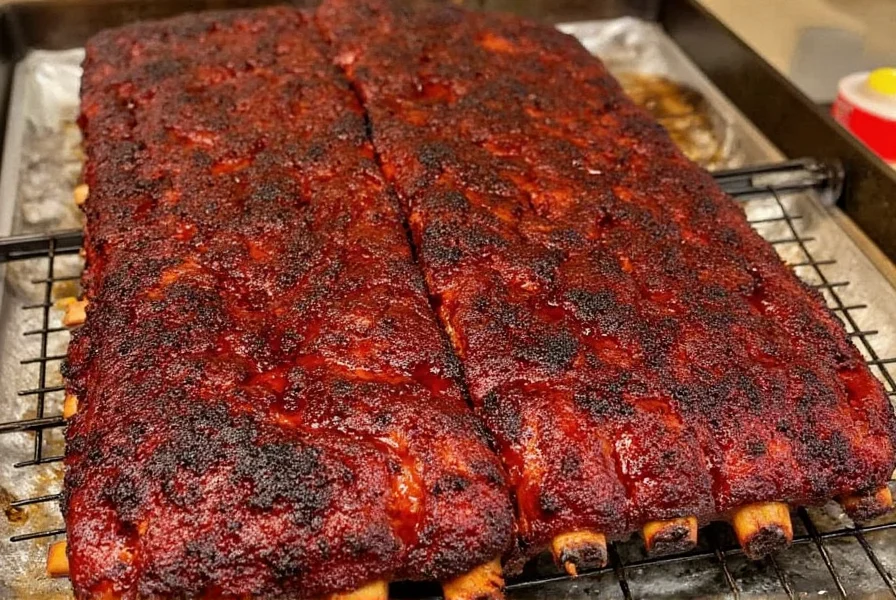
Frequently Asked Questions
How long does it take to smoke St. Louis ribs?
Typically 5-6 hours at 225°F-250°F. The 3-2-1 method (3 hours unwrapped, 2 hours wrapped, 1 hour unwrapped) is reliable. Always verify doneness by internal temperature (195°F-205°F) and bend test.
Should I remove the membrane from St. Louis ribs?
Yes. The silver skin membrane prevents smoke penetration and becomes tough during cooking. Slide a butter knife under the membrane at one end, then grip with paper towel and peel off completely.
What's the difference between St. Louis ribs and baby back ribs?
St. Louis ribs are trimmed spare ribs with more fat and bone, yielding richer flavor. Baby backs are smaller, leaner, and more expensive. St. Louis ribs require longer cooking but develop better bark and tenderness.
How do I know when St. Louis ribs are done?
Internal temperature should reach 195°F-205°F. The meat should pull back 1/4-1/2 inch from bones. Perform the bend test: when lifted with tongs, the rack should bend easily and small cracks appear on the surface.
Should I wrap St. Louis ribs during smoking?
Yes. Wrap after 3 hours with aluminum foil and 1/4 cup liquid (apple juice, broth, or vinegar). This creates steam to break down collagen without drying out the meat. Unwrap for the final hour to develop bark.
Can I smoke St. Louis ribs in an oven?
No. Ovens cannot produce true smoke flavor. You can slow-cook ribs at 225°F but will lack authentic barbecue characteristics. For best results, use a dedicated smoker with wood smoke.
How should I store leftover smoked ribs?
Store in airtight containers for up to 4 days refrigerated. For freezing, wrap tightly in foil and freezer paper. Reheat at 250°F wrapped in foil with 1 tablespoon apple juice for 20-30 minutes.
Conclusion
Mastering St. Louis ribs comes down to precise temperature control, proper seasoning, and understanding the 3-2-1 smoking method. By following this detailed guide with exact measurements and timing, you'll achieve restaurant-quality ribs with perfect bark, tender meat, and balanced flavor. Remember: always verify doneness through internal temperature (195°F-205°F) rather than relying solely on time. With practice, you'll develop the intuition to adjust for your specific smoker and conditions.
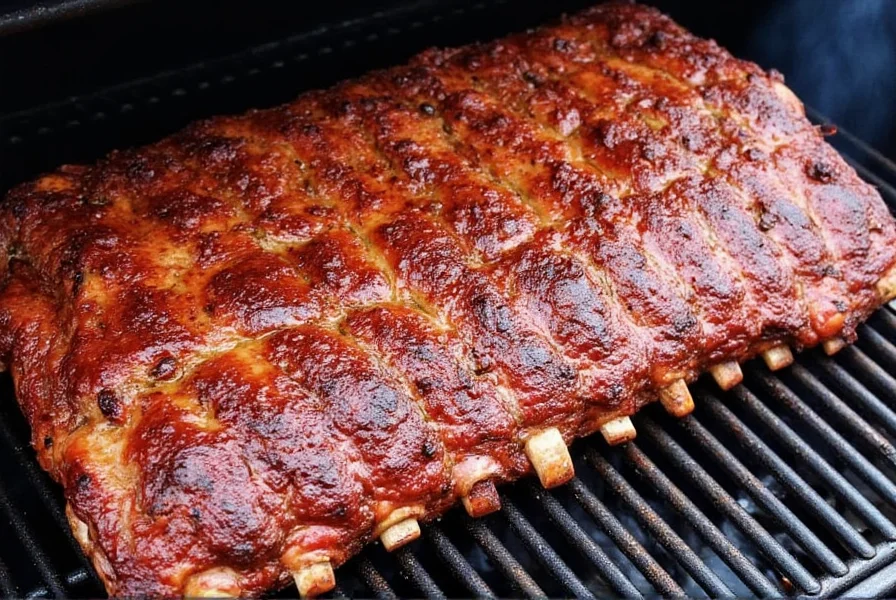

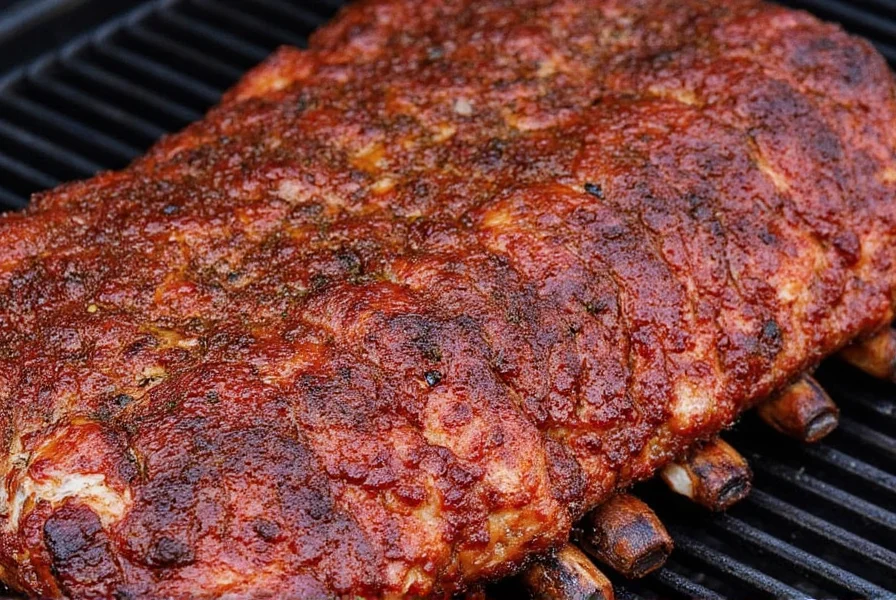









 浙公网安备
33010002000092号
浙公网安备
33010002000092号 浙B2-20120091-4
浙B2-20120091-4